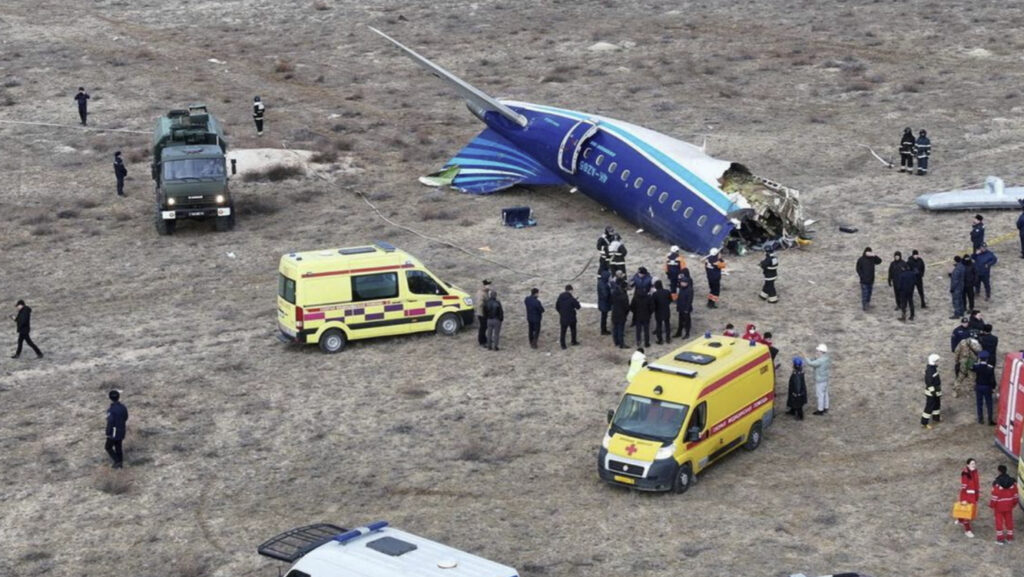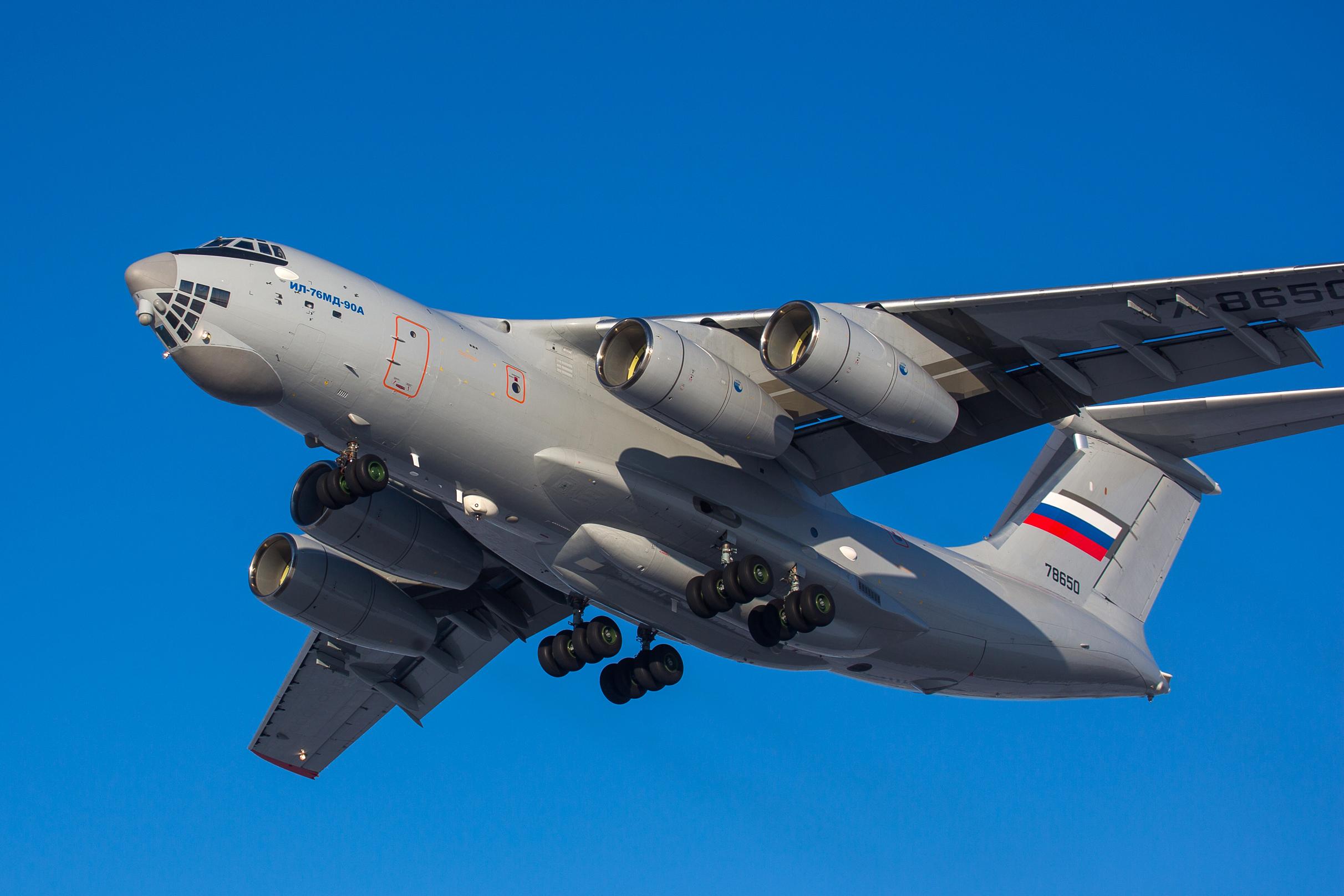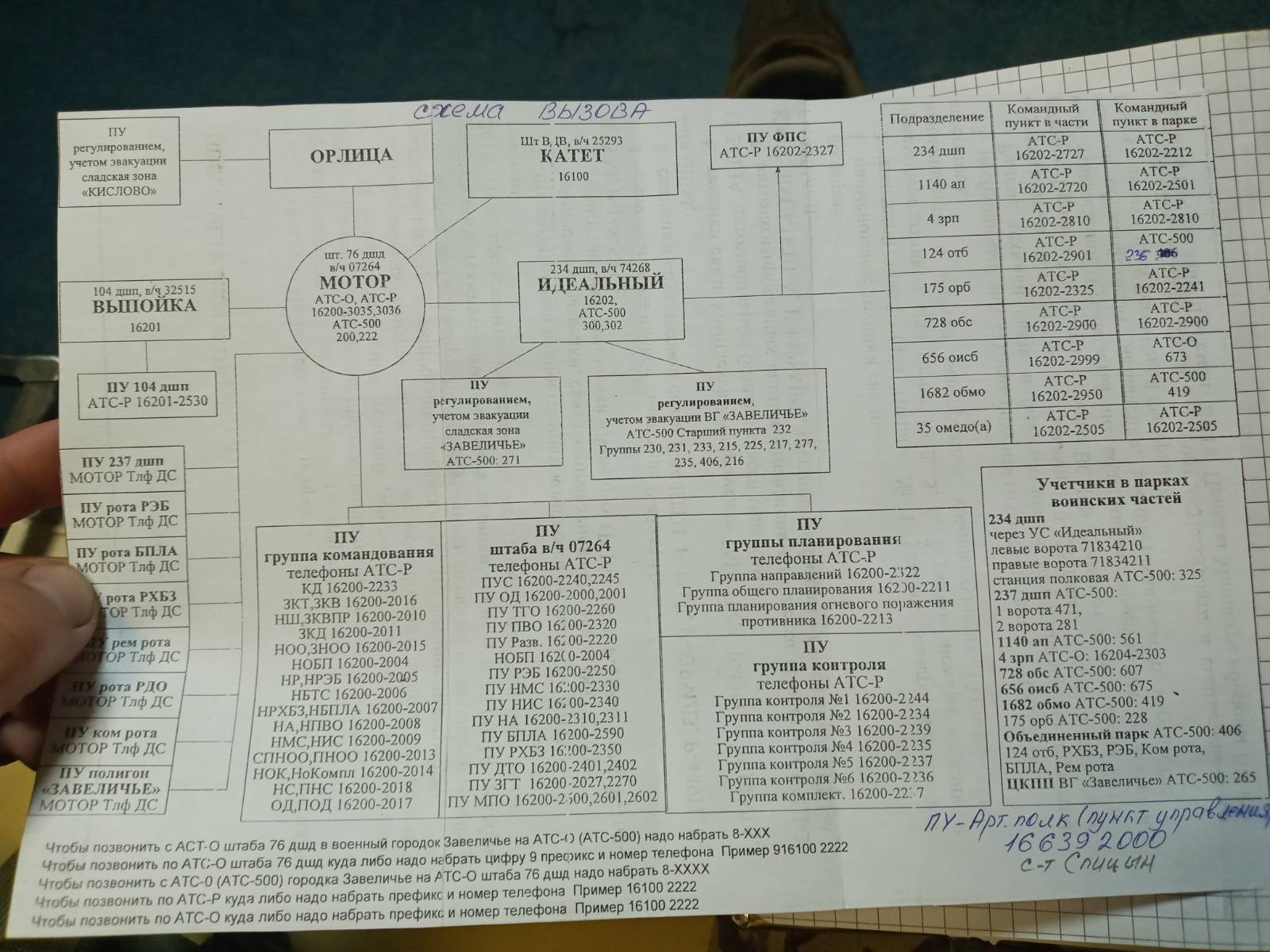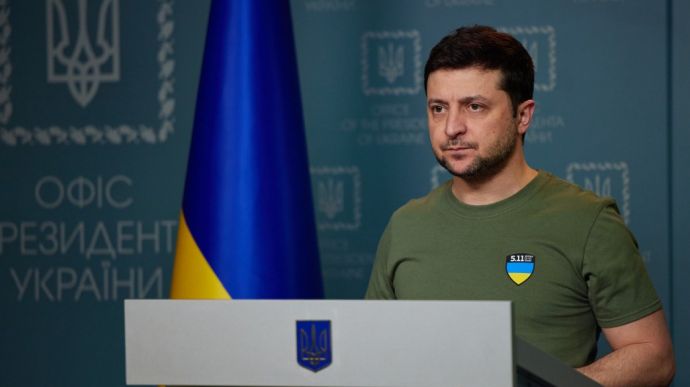
Long before its full-scale invasion of Ukraine, Russia was perfecting the playbook of hybrid warfare in the Caucasus. Since the 2008 war with Georgia, the region has served as a laboratory for Moscow’s evolving tactics – blending military force, cyber operations, and disinformation into a powerful and disruptive strategy. The latest escalation with Azerbaijan showed how Kremlin turns yet another strategic partner into a foe in a blink of an eye. Was this a malfunction of Russian kleptocracy too preoccupied with Kyiv to think strategically? Or a deliberate move to escalate regional tensions following Iran’s humiliation – a supposed strategic partner of Russia?
From Strategic Partner to Scapegoat
The deterioration of Russia-Azerbaijan relations provides textbook example of Moscow’s willingness to sacrifice long-term partnerships for the short-term PR effects. Their bilateral ties have been on edge following Russia’s refusal to promptly acknowledge its own fault in the disaster which killed 38 passengers and crew members when Russian Armed Forces shot down Azerbaijan Airlines Flight in December 2024 by a Pantsir-S surface-to-air missile. Despite mounting evidence, including recently leaked audio recordings from Captain Dmitry Paladichuk, the Russian air defense officer who authorized the strike, Moscow initially blamed the crash on bird strikes before offering only grudging acknowledgment months later.

The situation escalated dramatically on June 27, 2025, when Russian Federal Security Service (FSB) forces unexpectedly conducted raids targeting ethnic Azerbaijanis in Yekaterinburg, allegedly investigating a murder case that dates back as far as 2001. The operation, ostensibly investigating murders dating back to 2001, resulted in the deaths of two brothers – Huseyn and Ziyaddin Safarov – both Russian citizens of Azerbaijani descent who owned a local restaurant.
The case reverberated across the Caucasus region as Russian authorities initially claimed the deaths resulted from “heart failure,” but Azerbaijan’s forensic examination revealed extensive evidence of fatal beatings and torture, including broken ribs, deformed chests, internal bleeding, and injuries to genital areas. At least nine others were detained, with several hospitalized for serious injuries sustained during what Azerbaijan’s Foreign Ministry termed “demonstrative, targeted, and extrajudicial killings committed against Azerbaijanis on ethnic grounds”. In both cases Russia has responded with a mix of forceful denial, implausible conspiracy narratives, and inflammatory rhetoric demanding that Azerbaijan “shut up and know its place”.

Significantly, the Kremlin’s hostile actions against Azerbaijan intensified precisely as Baku and Yerevan were making tangible progress toward peace. With Armenia and Azerbaijan agreeing on the text of a peace agreement in March 2025, and Armenia’s readiness to sign by the end of 2025, these moves were widely interpreted as punitive measures designed to punish Azerbaijan for its independent foreign policy and its alignment with Turkey and Israel rather than its former Soviet patron. Moscow’s fierce reaction revealed lingering resentment over the humiliation of watching from the sidelines as Azerbaijan overwhelmed Armenia, a supposed Russian ally, in the Second Karabakh War.
The Media Warfare Campaign: Vicious State Rhetoric
The worsening relationship has been fueled by a dramatic escalation in hostile rhetoric against Azerbaijan in Russian media. Russian State Duma member Mikhail Delyagin called Azerbaijan a “satellite of the Americans” and a “Turkish proxy” before conducting a poll on his Telegram channel asking followers if it would be justified to “destroy Azerbaijan’s oil industry with a nuclear weapon”. Approximately 28 percent of respondents endorsed nuclear action.
Prominent Russian propagandist Vladimir Solovyov has similarly engaged in provocative anti-Azerbaijani rhetoric. Following the Yekaterinburg violence, Solovyov issued sharp warnings to Azerbaijan during a live broadcast, referencing the 300-kilometer shared border and cautioning that Baku’s actions could spiral into major conflict. “If Russia raises its eyebrows for even a moment… Azerbaijan is our third-largest trading partner,” he stated, before alluding to possible military consequences.

Such rhetoric represents more than mere political theater – it reveals how easily Russian state discourse can slip into incendiary language when Moscow’s imperial ambitions are challenged. The Kremlin’s messaging machine launched such an aggressive barrage that Azerbaijan’s Parliament formally accused Russian state media and pro-government Telegram channels of waging a broad disinformation offensive against both Azerbaijan and its diaspora in Russia. The scale and coordination of the effort – involving state figures across multiple platforms – underscores how Moscow uses information warfare not only to vilify targets but to condition its domestic audience for potential military escalation, as was the case with Ukraine.
Military Buildup in Armenia’s Gyumri: A Regional Threat
Ukrainian defense intelligence and independent analystshave reported that Moscow is accelerating the reinforcement of the Gyumri military base in Armenia, recruiting personnel from Russian Armed Forces servicemen stationed in Rostov and Volgograd regions, as well as from temporarily occupied Crimea, and seeking volunteers from North Caucasus ethnic minorities. This buildup represents a significant escalation amid deteriorating Russia-Azerbaijan relations.

The Gyumri base, established in 1995 on the foundation of the Soviet-era 102nd Motor Rifle Division, serves as Moscow’s primary military foothold in the South Caucasus. This military garrison currently hosts approximately 5,000 Russian troops, strategically positioned just kilometers from the Turkish border, the base historically served as a defensive outpost against Turkey and as a key element of Russian influence in the region. Under a lease agreement extended until 2044, the Gyumri base remains Moscow’s last major military foothold in Armenia and the wider Caucasus, but its future is increasingly precarious as Armenia distances itself from Russia and seeks closer ties with the West.
The significance of the Gyumri buildup has been echoed by independent analysts and regional experts. The International Crisis Group, for example, has highlighted how Russia’s military presence in Armenia is a key tool for Moscow to maintain influence and act as a spoiler in the South Caucasus, especially as Armenia and Azerbaijan move closer to a peace agreement.The Carnegie Endowment for International Peace and regional journalists have also noted that Russia’s actions are designed to remind both Baku and Yerevan that Moscow retains the capacity to escalate or de-escalate tensions at will.

This development follows a predictable pattern: when Russia loses a strategic ally through its own miscalculations, it resorts to military intimidation and ethnic violence to reassert control. While Armenia’s Foreign Ministry denied that the base would be used to attack third countries, it notably did not rebut reports of the reinforcements. This mirrors the precedent established in Belarus, where Russia used Alexander Lukashenko’s territory as a staging ground for its invasion of Ukraine, despite initial denials from Minsk about direct involvement.
The NATO Precedent: If Azerbaijan, Then Who Next?

The most alarming aspect of Russia’s South Caucasus strategy lies not in what it reveals about regional dynamics, but in what it portends for NATO’s most vulnerable members. The Baltic States – Estonia, Latvia, and Lithuania – are small, and so are their armed forces. Multiple defense analyses confirm that “the air defenses of the Baltic States are too weak to stop Russia or to protect NATO reinforcements coming to their aid”.
If Russia can manufacture tensions with a partner like Azerbaijan – a country that maintained carefully balanced relations with Moscow for decades – how much easier would it be to create pretexts for aggression against NATO members perceived as weak or divided? The parallel between Russia’s Gyumri base in Armenia and its militarized enclave in Kaliningrad is particularly striking. Both serve as forward military positions that allow Russia to project power and threaten neighboring countries.
The Path Forward: Containment or Escalation
For Western policymakers, the choice is stark: invest in stronger alliance cohesion, increase pressure on Russia, and support Ukraine to contain and diminish Moscow’s willingness and capability to escalate aggression, or continue facing an escalating series of manufactured crises designed to test alliance resolve. The alternative to effective containment of the Kremlin is not peace – it is the gradual erosion of the international order through a series of hybrid conflicts that fall just below the threshold of triggering unified Western response.
The lessons from Azerbaijan are clear: Russia’s appetite for destabilization extends far beyond Ukraine. From the Caucasus to the Baltics, from Belarus to Kaliningrad, Moscow is constructing a network of pressure points designed to fracture Western unity and deter meaningful support for its adversaries.
As Armenia and Azerbaijan near a historic peace agreement despite Russian interference, and as NATO grapples with defending its most exposed members, the international community must recognize that every concession to Russian aggression only emboldens further destabilization. The choice facing Western leaders is not whether to confront Russia’s aggression in Ukraine and hybrid warfare tactics elsewhere, but whether to do so before or after Moscow has succeeded in fracturing the foundations of regional and global security.








